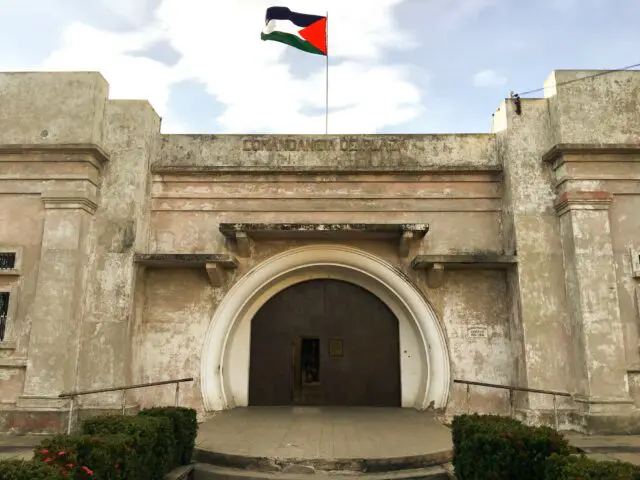
The Chorotega Identity and Culture Intersectoral Committee held the webinar “Tertulia Nanku on Community Museums and their importance in cultural management in Guanacaste”, in order to publicize the cultural contributions that museums in Guanacaste provide.
For example, the Chorotega Ceramic Ecomuseum is a community museum that protects and rescues the archaeological pieces found in the place, and with which it is intended to maintain the culture of the living ancestors and thus preserve their legacy.
“Here we work on how the original pieces are brought and how to maintain them, but we are also working with workshops and training for the members and with the community so that they know what is being done in times of Pandemic”, commented Maribel Sánchez of the Ecomuseum, who added that they also work with young people and children from the community with ceramic, brick and cooking workshops so that they can manage ancestral culinary traditions.
The idea of the museum began in 1992, in which a committee of 7 members of six men and a woman (Mrs. Maribel) was made and they began to work with some community issues by making rice pudding, tamales and cinnamon in order to buy the land of the Ecomuseum.
Over time an association was made, a plan was made through the Ministry of Culture and Cultural Heritage, where a Swiss architect made a design. “For 1999, we were able to get financing and we continued until 2007, when the first stage was inaugurated,” said Sánchez.
For her part, Marelyn Jiménez from the Guanacaste Museum, commented that they are working on the opening of the museum, which is shared with the music school of the Ministry of Culture, where there was a space for interaction in the field of music and Dance.
Special procedures
However, in times of Pandemic, the reopening of the museum implies requesting an operating permit which is pending and after that a plan to reopen the exhibitions that are on hold to be presented will be considered.
“For example, we had an exhibition for October” United for Art “, in which there are more than 100 paintings waiting to be seen by Guanacastecos, however with the closure, our 8 exhibition rooms cannot be visited,” said Jiménez, who added that the board of directors is working on the Comprehensive Development Plan with the intention of formulating an administrative structure for the museum and thus strengthening its functions.
Leticia Vásquez of the Museo Islita de Bejuco de Nandayure, an open-air contemporary art museum. “When we talk about a museum, we are talking about the town as such, it is walking through the town to see the murals, the church, for example because everything is connected and is part of the contemporary art museum,” said Vásquez, who added that the initiative is formed in 2002 where local artists began to be trained, with artistic works and the difference of the identity of Islita as such is marked.
As a result of this project, “Casa Museo” was born, which became part of the museum and the local art store, where the artists have their exhibition point and the gallery where exhibitions were held, which helped in culture and in the economy of the place.
Ronald Martínez, from Regional Museums, an initiative that seeks to strengthen the projects, proposals and works of each of the territories that manage their cultural heritage, where the contents and research, themes and work plans are free and arise from discussions of their own nature of each of the needs of the museum groups.
The gatherings are held regularly through the Facebook page: Cultura Guanacaste.


